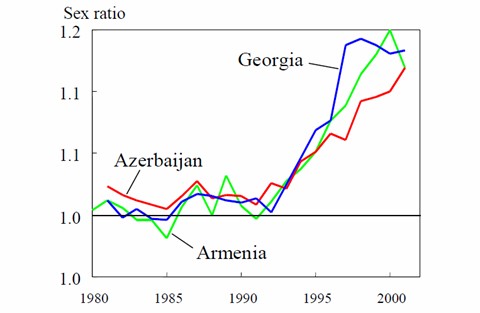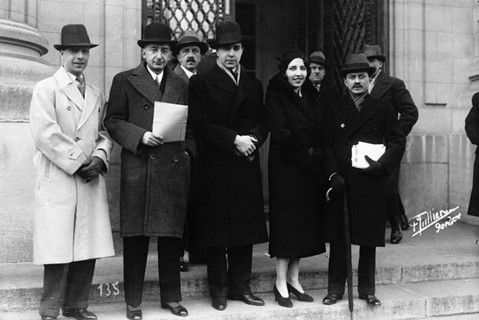Today’s bombing of the Moscow Metro has elicited a predictable reaction from Ivan (and Ivana) Sixpack, who suddenly yearns for the KGB’s iron fist:
“It’s the Chechens,” said Nina Ivanovna, a 57-year-old pensioner. “They will never let us live in peace. Solzhenitsyn correctly said that we should build a Great Wall of China to keep them away from us. They should be locked away. They hate us, and they will always hate us.”
Yet such repression will be impossible without inviting great international condemnation, given the Chechens’ integration into Russian life. As described in the excellent Chechnya: Calamity in the Caucusus, the Soviet Union’s long-term efforts to Russify the Chechens were quite successful—and obviously done without future security considerations in mind:
From the 1950s Soviet ways made big inroads in the traditional Chechen culture as village people moved into the big city, Grozny, or to Russia, where they assimilated the urban lifestyle of the Russians. The biggest Chechen city after Grozny is now Moscow, with some 50,000 Chechen residents there. Almost every Chechen under sixty is bilingual in Russian and Chechen and scatter his conversation liberally with Russian words. The women wear short-sleeved dresses and go to work. Chechen men, including most of the fighters in the recent war, served in the Soviet army…
Russification means that Chechens live parallel lives. The Chechen businessman who works in Moscow will have kept his house in a village in the hills. At home he may say his prayers more readily than when he is in Russia. He can both drive a car and ride a horse, use a computer and fire a hunting rifle. The Chechens can see both sides of the cultural divide and they understand the Russians much better than the Russians do them.
There is certainly some sort of crackdown coming, and the Russian security forces have time again shown themselves to be fans of great brutality. But how far are they willing to go this time, given that Chechens are so integral to Muscovite society? And how can they reasonably be expected to eliminate the threat given the deep networks that Chechens have established in the Russian capital?
And previously on Microkhan: the unique religious practices of Chechnya.









 The
The 





 When conducting business deals with their fellow private citizens, people basically tend to be honest. Perhaps this is because we all secretly fear retribution and punishment, no matter how unlikely the consequences. Or maybe it’s just that we’re wired to realize that society can’t function if we’re constantly preoccupied with suspicion. Whatever the explanation, the bottom line is this: When you purchase something from a stranger, you can be reasonably certain that he or she will make good on their obligations.
When conducting business deals with their fellow private citizens, people basically tend to be honest. Perhaps this is because we all secretly fear retribution and punishment, no matter how unlikely the consequences. Or maybe it’s just that we’re wired to realize that society can’t function if we’re constantly preoccupied with suspicion. Whatever the explanation, the bottom line is this: When you purchase something from a stranger, you can be reasonably certain that he or she will make good on their obligations.

 Living as we do in the heart of
Living as we do in the heart of 